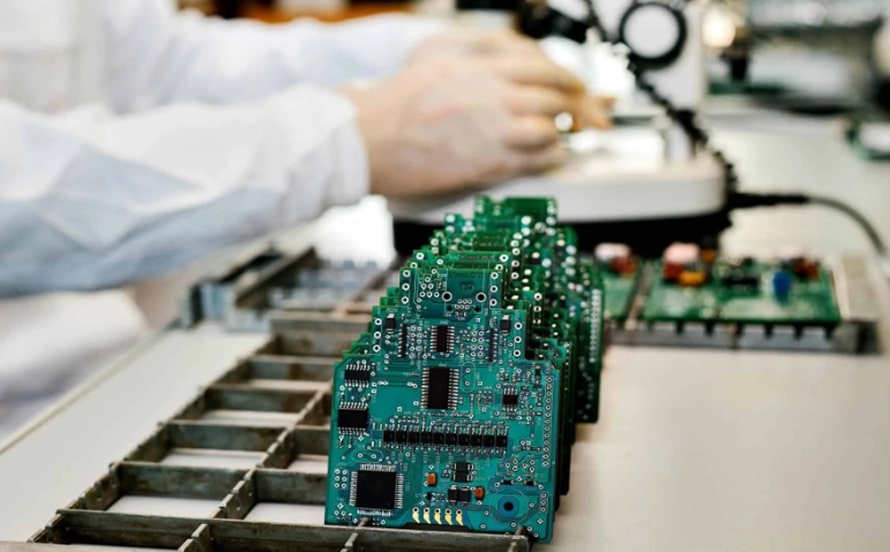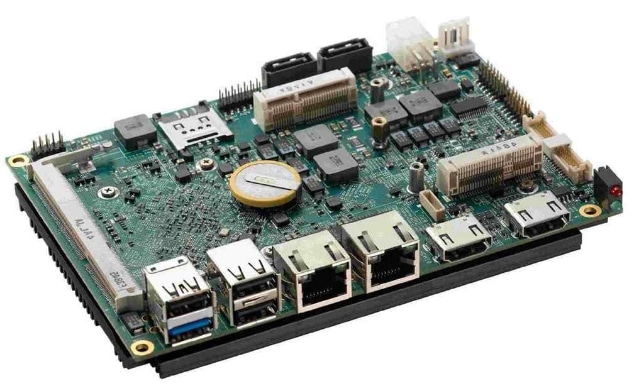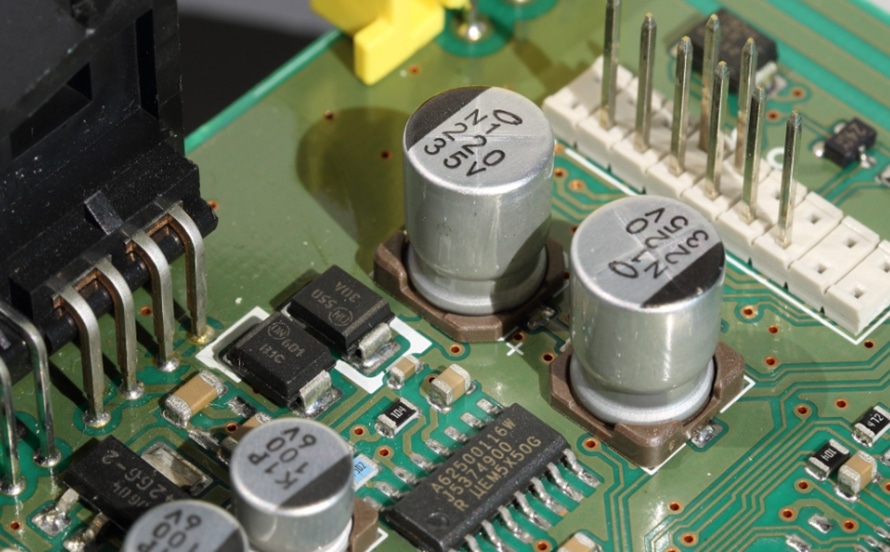Prototype PCB assembly is a process that involves assembling the electronic circuit board where the design is tested on a sample circuit board before full-scale production. This assists the designers and engineers in determining issues of the circuit design, component placement, or functionality of the electricity. A small error in an assembly process can lead to an extremely expensive outcome, for example, project material delay, project extension timeline, and in the worst case – product deterioration.

| Mistake | Description |
| Inadequate Design Review | No thorough examination was carried out after the start of the assembly. |
| Incorrect Component Choice | Revise the parts that do not match design requirements. |
| Ignoring Testing Protocols | Overlooking essential pre-assembly tests |
| Poor Thermal Management | If heat dissipation is not taken into account. |
| Lack of Manufacturer Communication | Less communication with the Manufacturer |
This article will cover all these mistakes in detail and provide necessary guidance on how to avoid them.
Mistake 1: Lack of Design Review Before Assembly Begins
The Function of the Design Review in Prototype PCB Assembly
A review of the design is the primary preventive measure in the PCB assembly. Its purpose is to find the mistakes even before they occur. This phase entails an in-depth design analysis of the entire PCB which takes into account electrical specifications, mechanical constraints, and environmental considerations.
Consequences of Disregarding the Design Review
- Increased Error Rates: Failing to follow this step results in a misunderstood mistake leading to defects and accumulation of defects in the end product and the defect rate will be high.
- Costly Corrections: The correction of the defects after the making stage is far more costly than during the production stage.
- Market Delays: Errors result in delays of product releases and deadlines which ultimately make us less competitive in the market.
Effective Design Review Strategies
- Checklist Utilization: Utilize detailed checklists for critical design aspects like component spacing and thermal concerns.
- Advanced Software Tools: Support the PCB layout software that automatically detects the spacing disputes.
- Iterative Reviews: Reviewing could be done at each period, depending on the different areas of design at each stage to get the expected result.
Design review assures minimal errors and as a result, it maintains product quality thereby reducing costs and resulting in a timely entrance.
Mistake 2: Inefficient Component Selection during PCB Design
The Importance of the Correct Components Choice
Component selection is the most critical part of PCB design as it decides the board functions, the cost, and how easy the board is to manufacture. Each element of the board has to function steadily or be able to be compatible with other components.
Common Component Selection Errors
- Design Incompatibility: An inappropriate selection of parts may call for a redesign and therefore may lead to a flawed PCB.
- Availability Concerns: Failing to take into account the market availability of components may lead to delays when parts cannot be found.
- Overlooking Supplier Quality: Forming an association with doubtful suppliers might become a source of substandard components which might lead to production defects.
Effective Component Selection Strategies
- Detailed Specification Review: Start with a thorough review of the component specifications to verify the compatibility of electrical and mechanical design with PCB.
- Reliable Supplier Selection: Pick suppliers who meet the quality standards and are reliable enough. Providing multiple sources for the critical components can protect against supply chain disruptions.
- Component Prototyping and Testing: Evaluate the component’s performance in a preproduction setting and determine if there could be any problems through interaction by testing them.
By carefully selecting items the designer can help reduce unnecessary costs and make the board functionable.

Mistake 3: Ignoring the Important Role of PCB Testing Regulations
Overview of Testing in PCB Assembly
Testing in PCB assembly makes sure that each board must run safely and as planned before mass production is carried out. Tests such as short circuits and open circuit checks will be carried out to find any defects that could ruin the performance of the PCB.
Consequences of Skipped Testing
- Functional Failures: False testing of the product may cause the customers to receive defective boards for their equipment that could cause production failure during business and as a result affect the brand reputation and customer satisfaction.
- Increased Rectification Costs: Defects discovered after assembly or shipping are almost always very expensive such as recalls and additional quality control measures.
- Decreased Product Reliability: Unreliable products that are due to improper testing may ruin the brand’s reputation.
Best Strategies for Establishing Effective Testing Protocols
- Goal-Oriented Testing: Particularly spell out the purposes of each test and try to ensure that the tests are directed at identifying the malfunctions that are specific to make the testing precise and effective.
- Advanced Testing Equipment: Implement automated testing instruments like Automatic Test Equipment (ATE) to permit quick and accurate fault identification.
- Ongoing Protocol Enhancement: From time to time, update the testing processes by integrating the latest technologies and feedback as well as readiness to upgrade the design accordingly.
Thorough testing of PCB prototypes will improve the efficiency and reliability of the board.
Mistake 4: Avoiding Thermal Management in PCB Designs
The Role of Thermal Management in PCB Design
Efficient thermal management is a must in PCB design as the safety of the circuit and its operation depend on this. Since devices are increasingly getting smaller and more powerful, therefore, heat management becomes a critical aspect. Right thermal management stops components from overheating, which in turn helps to sustain the performance of the component and the device’s reliability.
Common Thermal Management Issues
- Overheating Risks: Lack of cooling leads to overheating that may result in thermal stress or component failure.
- Efficiency Loss: Devices that are overheated may become less effective, using more energy and functioning less well.
- Reduced Component Lifespan: Increases exposure to high temperatures can shorten component lifetimes.
Methods to Increase Thermal Efficiency
- Use of Thermal Simulation Tools: Use the thermal simulation software to forecast operation conditions of heat and identify precisely those zones that are more vulnerable to overheating and, as a result, yield more exact efficiency of the cooling applications.
- Heat Sinks and Thermal Vias: Implement heat sinks and thermal vias on the PCB to enhance fast heat transfer with other components.
- Layout Optimization: Allot the components to the PCB evenly to eliminate the heat concentration, which is vital for the thermal management of the PCB.
Application of these techniques leads to better thermal characteristics of PCBs resulting in reliability and system stability at environmental conditions of varying temperatures.

Mistake 5: Inadequate Communication with Manufacturers
Role of Communication in PCB Assembly
The communication between PCB designers and manufacturers is one of the biggest elements in the assembly process. It ensures that the parties which are involved have the same design specifications and production output expectations that will make the production as smooth as possible whereas the quality is preserved.
Communication Barriers and Their Outcomes
- Specification Misinterpretation: Inadequate communication may lead to wrong interpretations of specifications, eventually to an unsatisfactory product.
- Increased Errors and Rework: Indeterminacy may result in mistakes during the construction process, thus, leading to waste and rework.
- Production Delays: The lack of effective communication leads to delays in production which can even lead to missing deadlines along with extra expenses.
Strategies to Enhance Communication
- Clear Communication Channels: Design channels of clear communication, such as definite meetings and regular updates, between designers and manufacturers to maintain transparency.
- Detailed Documentation: Provide unambiguous and well-detailed instructions with the print files that have the specifications to avoid ambiguities and for the manufacturers to have in full understanding of the design objectives.
- Visual Aids Utilization: Use diagrams, 3D models, and prototypes to explain intricate details and prevent misunderstandings.
Improving the efficiency of communication in PCB assembly decreases errors, makes it possible to get the best results, and thereby increases the quality of the production process.
Viasion: Your Leading Partner in PCB Prototype Manufacturing and Assembly.
Viasion as a leading PCB prototype manufacturer and assembler stands tall with its unwavering devotion to excellence and innovation in each task it undertakes. Equipped with the latest technology and dedicated professionals, we build each circuit board with the most stringent quality control measures.
We realize the valuable role of timeliness and precision in turning your designs into reality, hence, we provide smooth communication ways and extensive test procedures to eliminate errors and increase productivity. Viasion is the PCB prototyping partner you can rely on for high quality and a quick turnaround time, which in turn will allow you to shorten development cycles and reach the market faster.
Conclusion
In summary, mistakes that should be avoided in /PCB prototype assembly include, among others, insufficient design review, poor component selection, forgotten testing protocols, inadequate thermal management, and poor communication. Paying proper attention to these mistakes is the key to great and efficient PCB projects.






